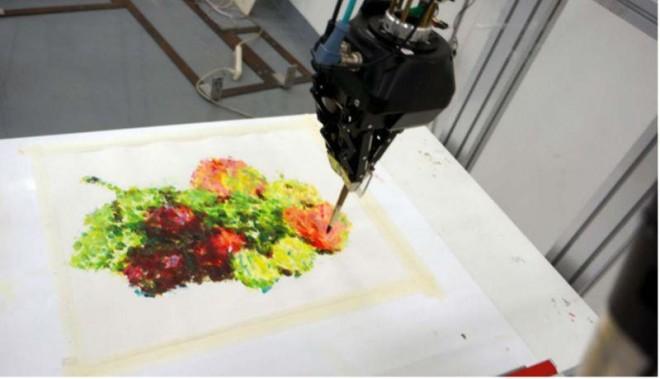1st Place – TAIDA, National Taiwan University
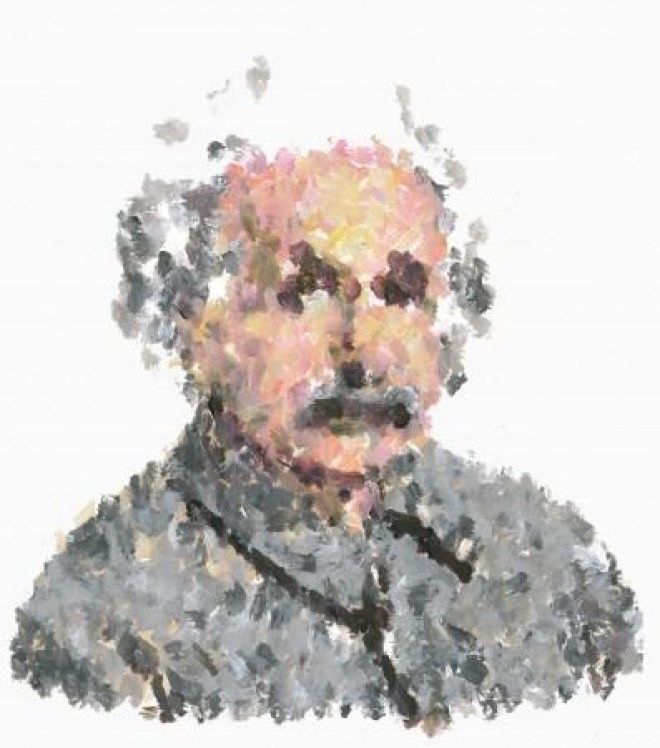
This painting of Albert Einstein won first place in the competition, which was determined by matter of public voting and judge recognition. As the first place winner, the team behind the robot received US$30,000 as the prize. This portrait is not only an accurate depiction of the famous scientist, but it also incorporates a serious amount of “artificial creativity.” Don’t believe this was painted by a robot? Check out the image below of the TAIDA robot working on this masterpiece.
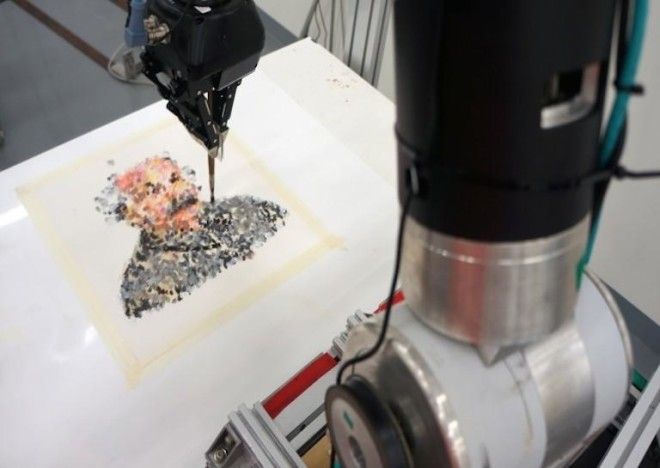
2nd Place – CloudPainter, George Washington University
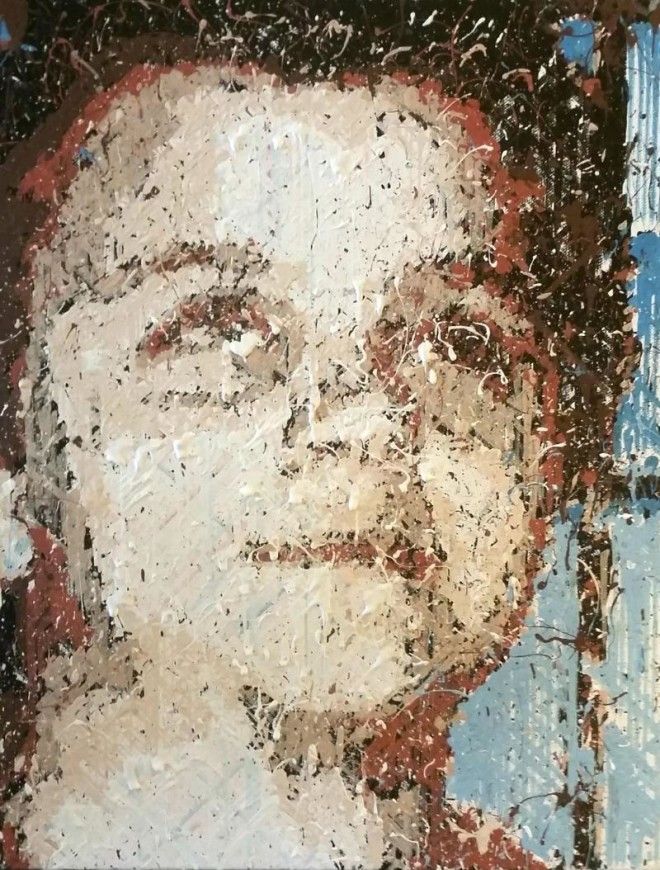
In total, 15 teams submitted over 70 artworks to this competition and the top ten were selected by public vote and rewarded cash prizes for their efforts. Now, you may be thinking that these artworks are just recreations of human work, but hear what one of the judges had to say about this second place winner.
“Although cloudPainter did work from photo reference, the designers allowed the robot to handle the additional step of analyzing a series of reference photos and making its own decision regarding WHICH photo was the most artistically pleasing and producing its own crop of the image, which put the robot one step further into the art creation process than our 3rd through 5th place votes. The use of the visual feedback loop to determine where and how much to paint is very analogous to the human process of painting. Again, the final piece is artistically successful as well.” ~ Patrick/Jeannie Wilshire
Working from photo reference is a method that many painters use and this robot took its own artistic and creative liberties in the creation of this portrait. This team won US$18,0000.
3rd Place – NoRAA, Accademia di Belle Arti di Brera
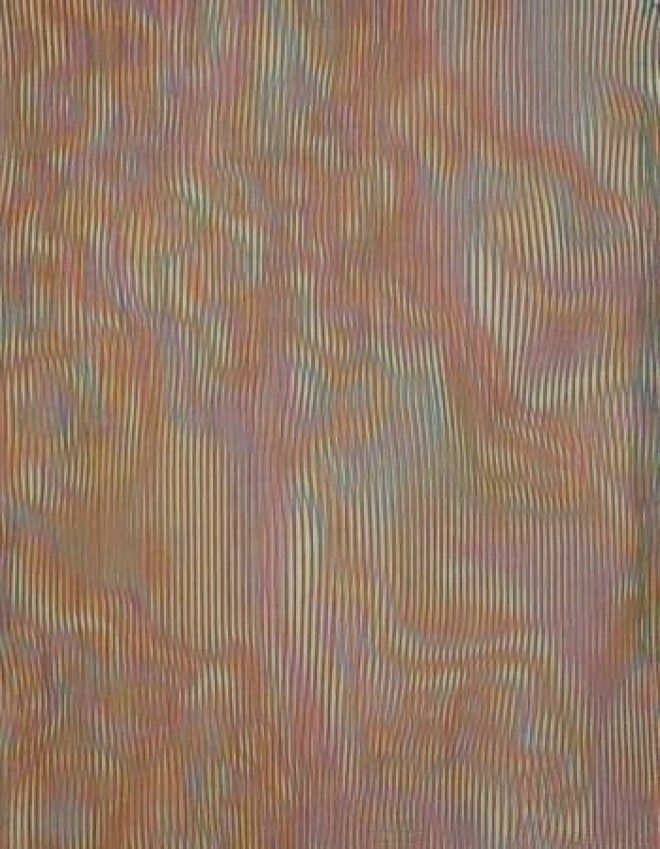
This robot’s paintings were the judges’ favorites, but it used a more traditional printer-style plotting technique. Part of why these artworks were thought of so highly was that they were completely a robot’s creation. Humans did not upload a source image or program any presets, rather the robot designed these artworks completely out of its “brain,” winning the team US$12,000.
Advertising
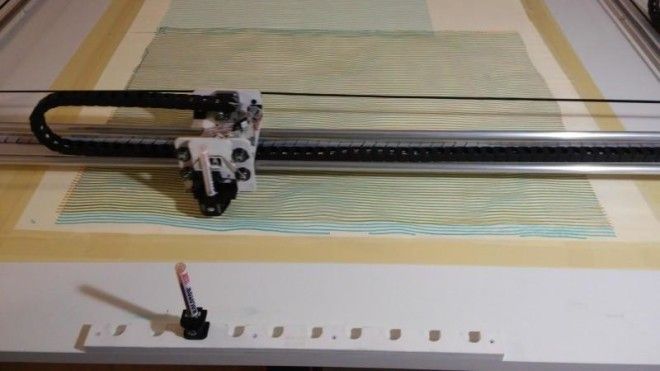
4th Place – e-David, University of Konstanz
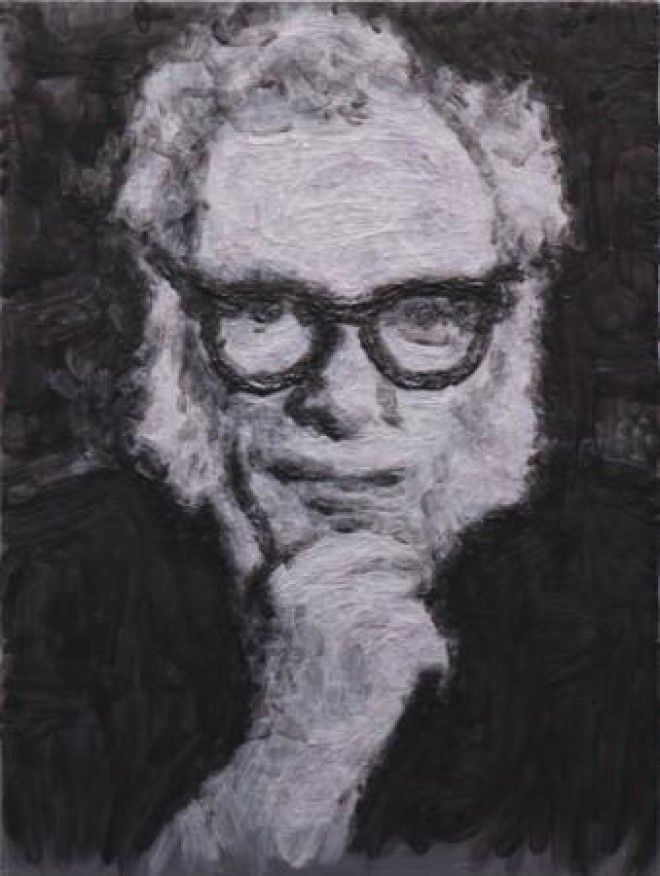
“This painting was built in a manner that is similar to how many painters work: first establishing the overall structure through general larger shapes, then moving onto smaller more complex areas. As a result, the surface of the painting is active and nicely built up and the process makes sense to me as a painter.” ~ Anne PettyThe surprising thing about all of these artworks is just how beautiful some of them are. We typically think of programs and linear trains of motion when it comes to robotics, but through complex algorithms, creativity can be programmed in. While you may not think that art is the best place for robots, but research in artificial creativity will be implemented into future AI infrastructure. This will allow humanoid robots to ‘express themselves’ and develop unique personalities.
5th Place – RHIT Rose-Hulman Institute of Technology
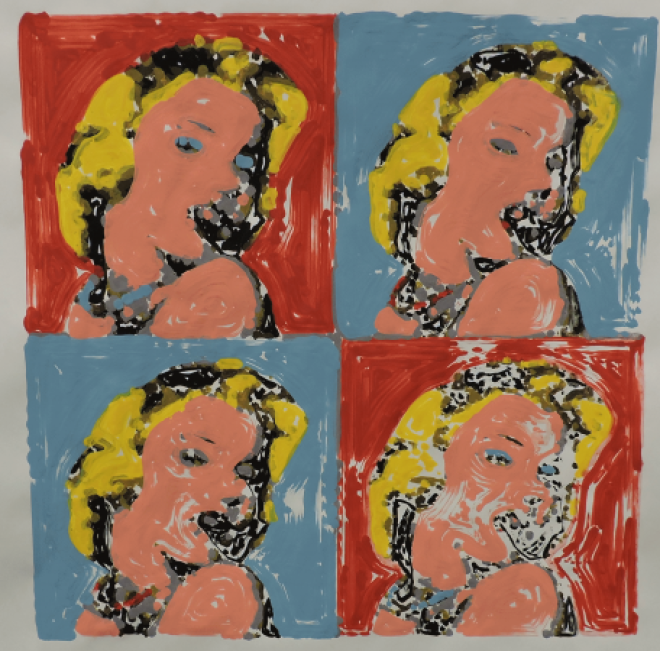
This artwork is reminiscent of Andy Warhol’s famous work, and it was a favorite among the online voters for the competition. While probably the least “creative” of the competition, this robot demonstrated unique style in its painting ability and created a work that warranted 5th place.
We are living in an age where robots and humans will soon be indistinguishable, but we have a little more time before that happens.
